
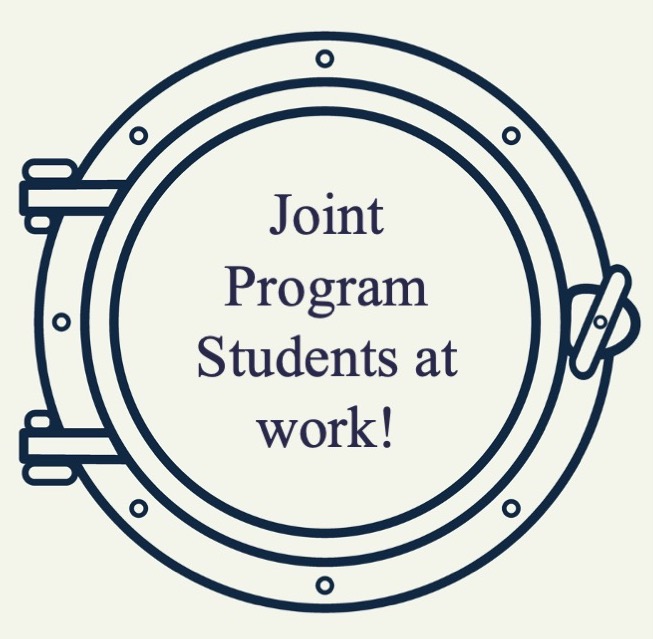
Joint Program students at work!
What does it look like to work in the geosciences? Research in the Joint Program brings students from the Arctic to Antarctica, and everywhere else in between. In the field, students work with cutting-edge ocean engineering tools and collect biological and chemical samples. We analyze what we've collected back in lab or sometimes on the deck of a ship! Here are some pictures of current MIT-WHOI Joint Program students at work.
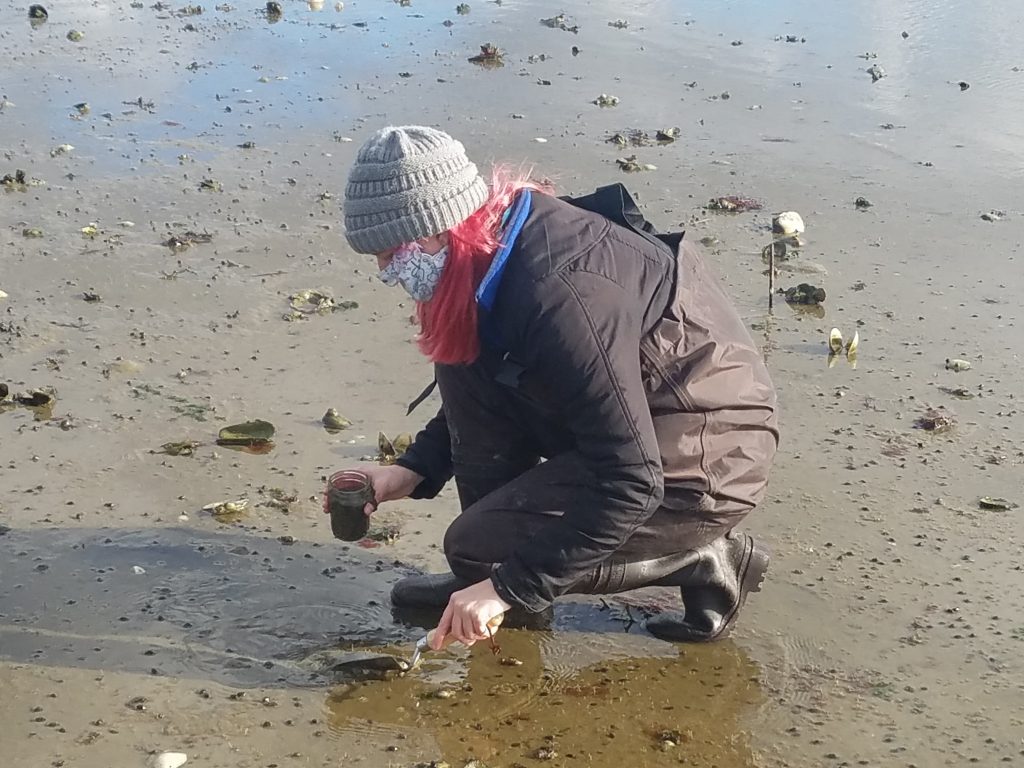
Jordan Pitt in Wellfleet MA collecting some sediment for microplastic analysis
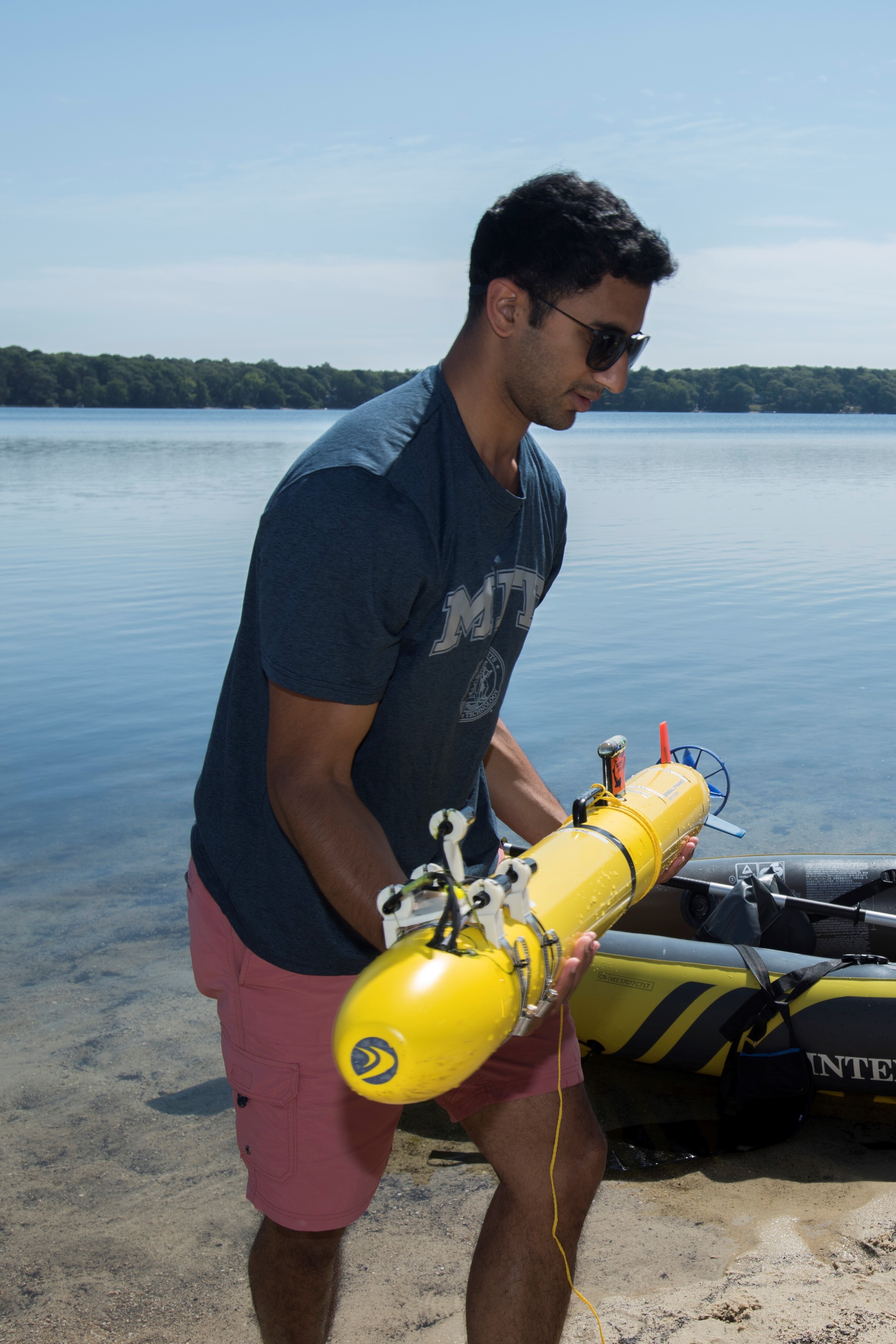
EeShan Bhatt cradles an autonomous underwater vehicle (AUV) in between test trials at Ashumet Pond, Falmouth, MA.
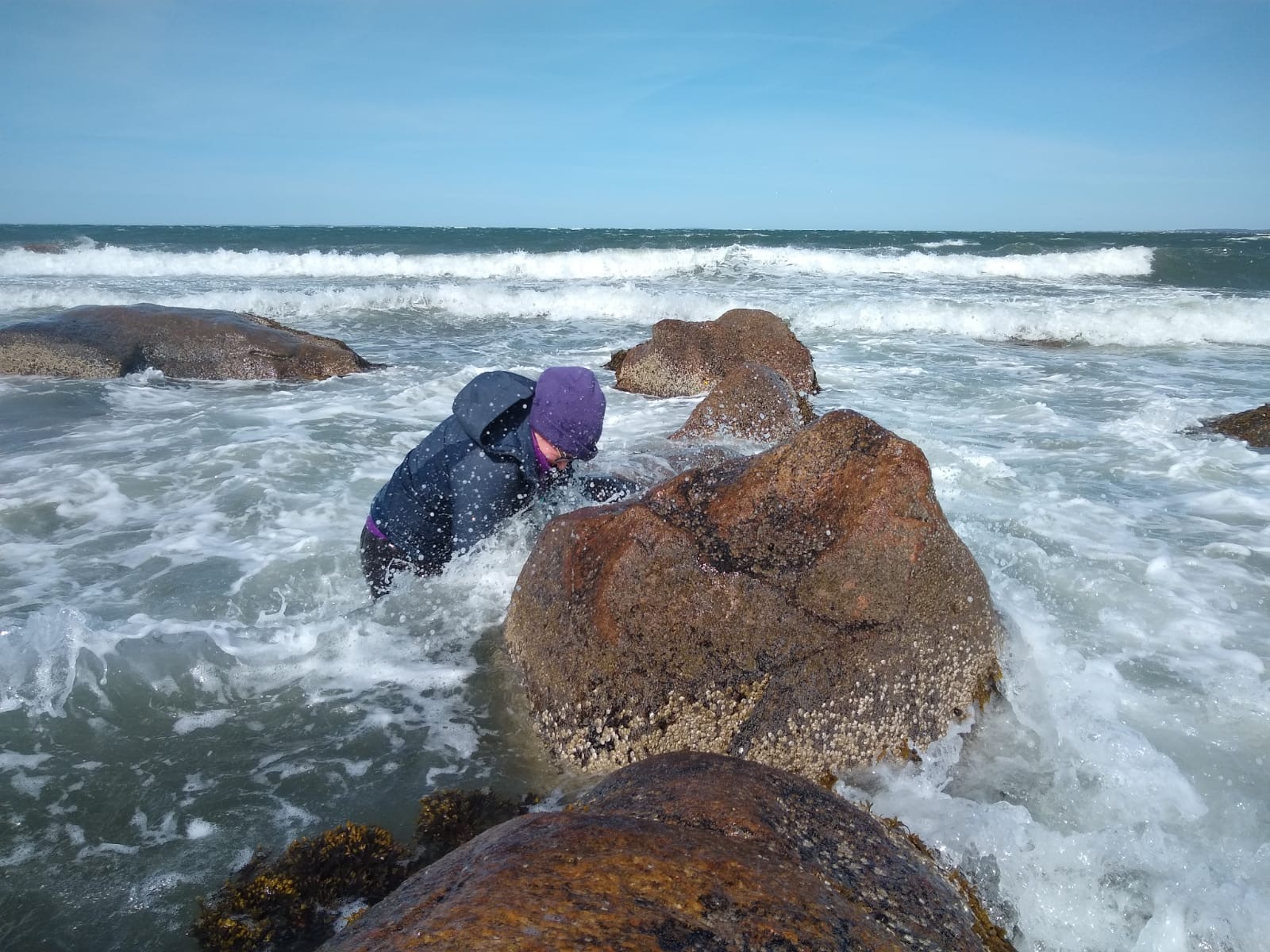
Jane Weinstock in Woods Hole, MA measuring intertidal barnacle settlement on a particularly windy day in March.
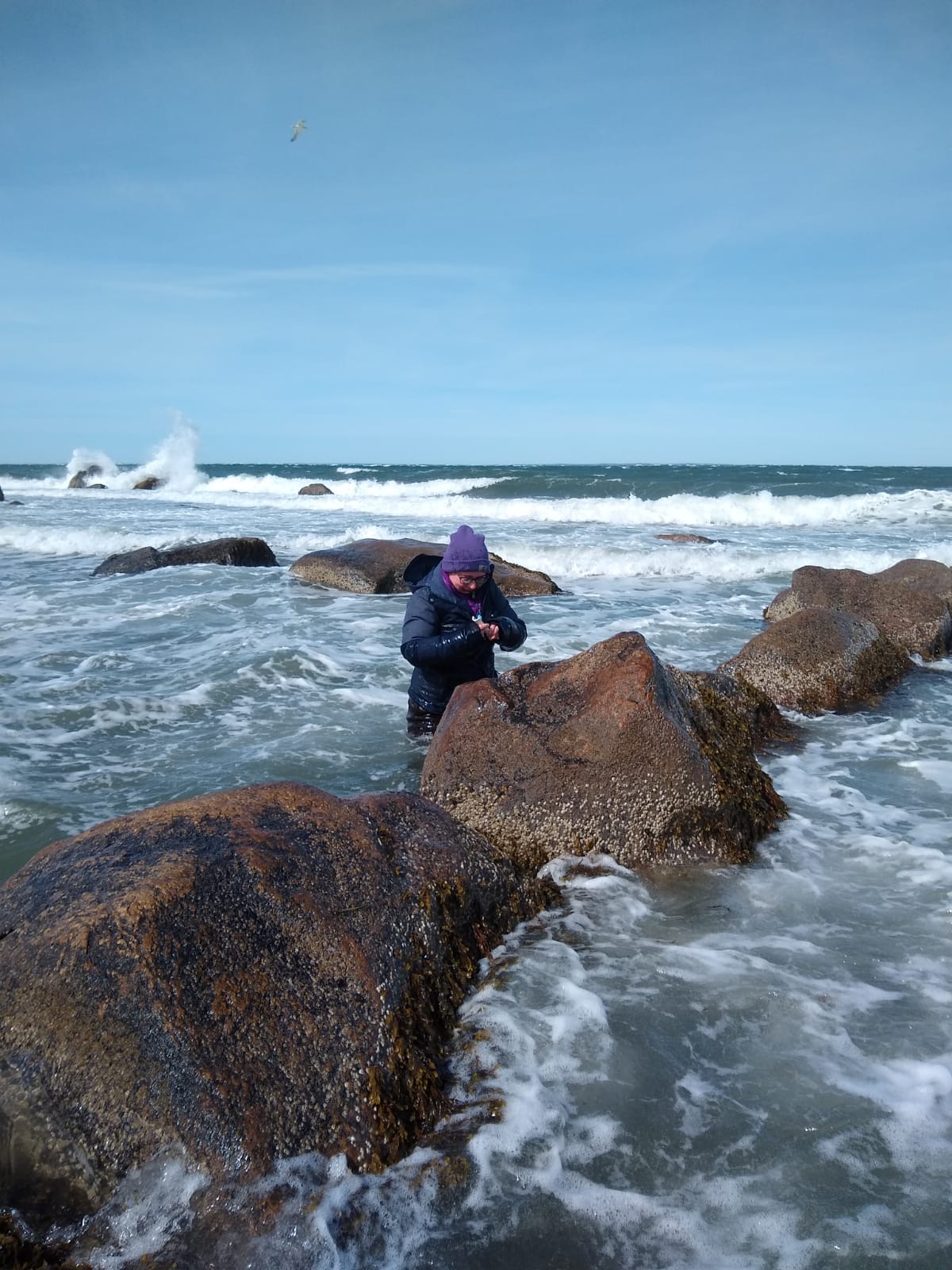
And ... success!

Logan Tegler and Jule Middleton collect seawater in a Niskin bottle in the Southern Ocean.

Mallory Ringham deploys the CHANOS II Dissolved Inorganic Carbon sensor over corals in the Red Sea at the Interuniversity Institute for Marine Sciences in Eilat, Israel. Image credit: Boaz Lazar, 2019.
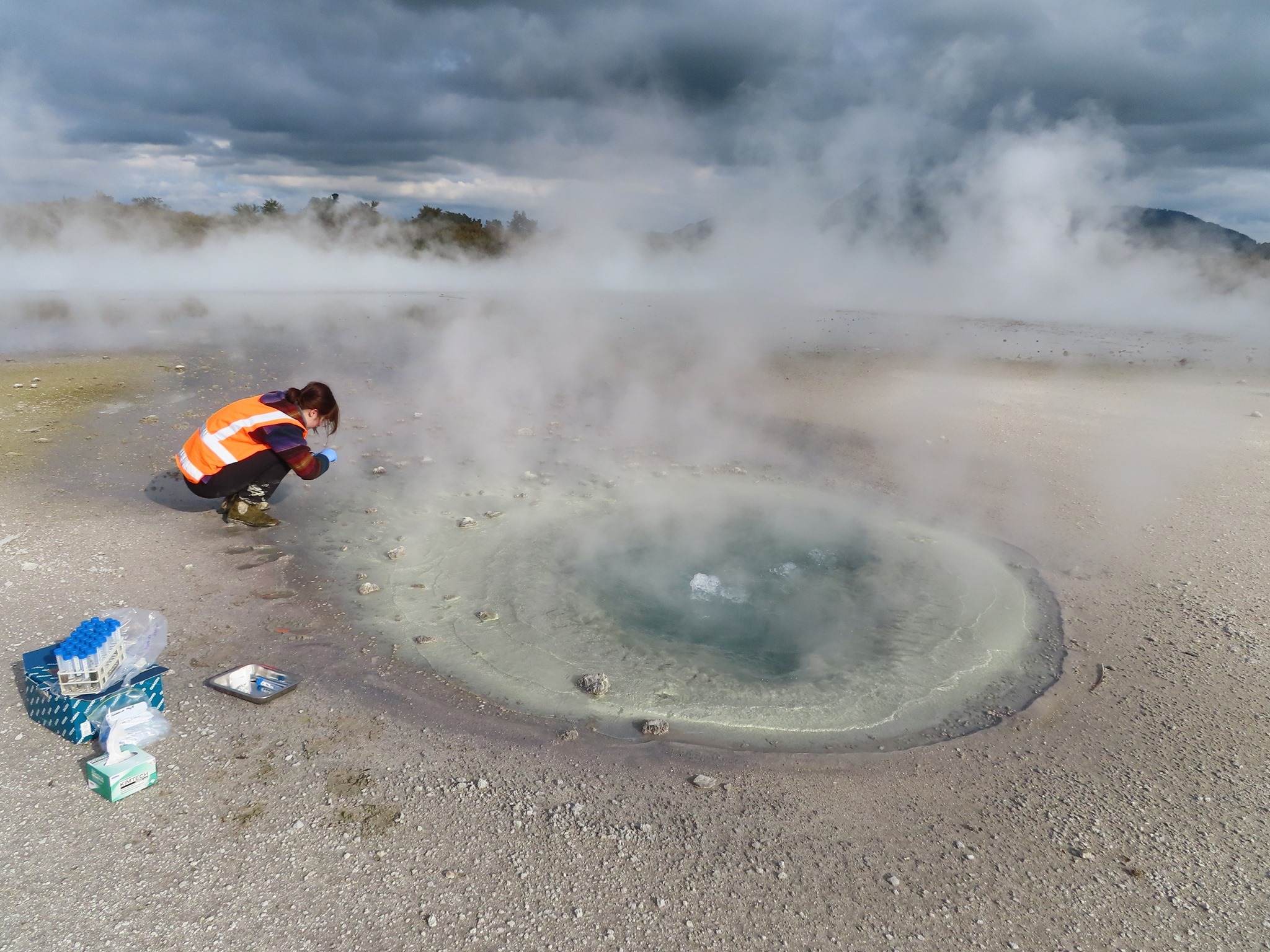
Annaliese Meyer, in the Taupo Volcanic Zone in New Zealand, sampling organosilica structures in hot springs to be used as Martian analogues
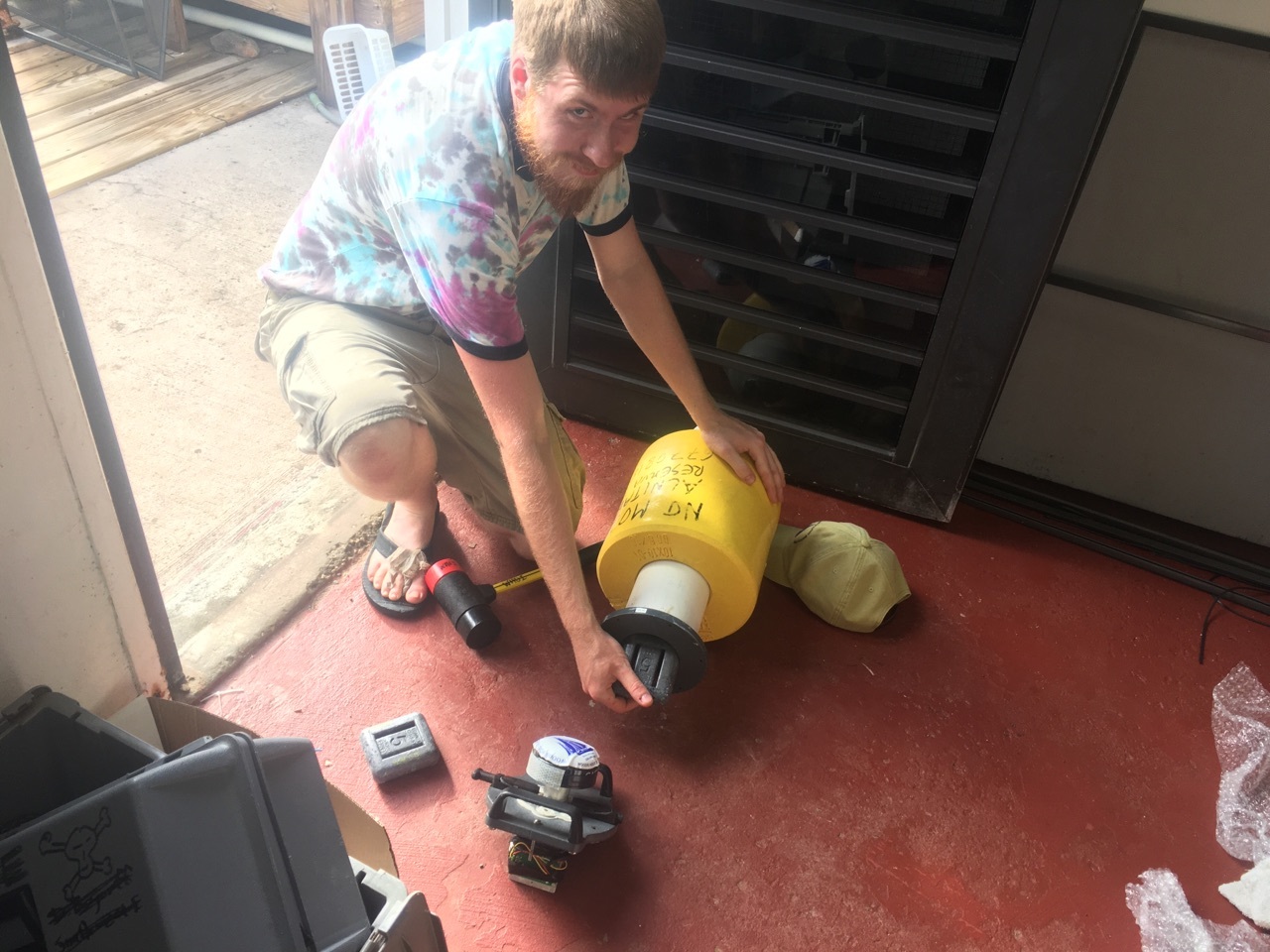
Virgin Islands Environmental Resource Station Lab, St. John, USVI; Ian Jones, rejoicing (after some effort) in getting dive weights unstuck from inside a WHOI research buoy (though he has since forgot why they were in there in the first place).
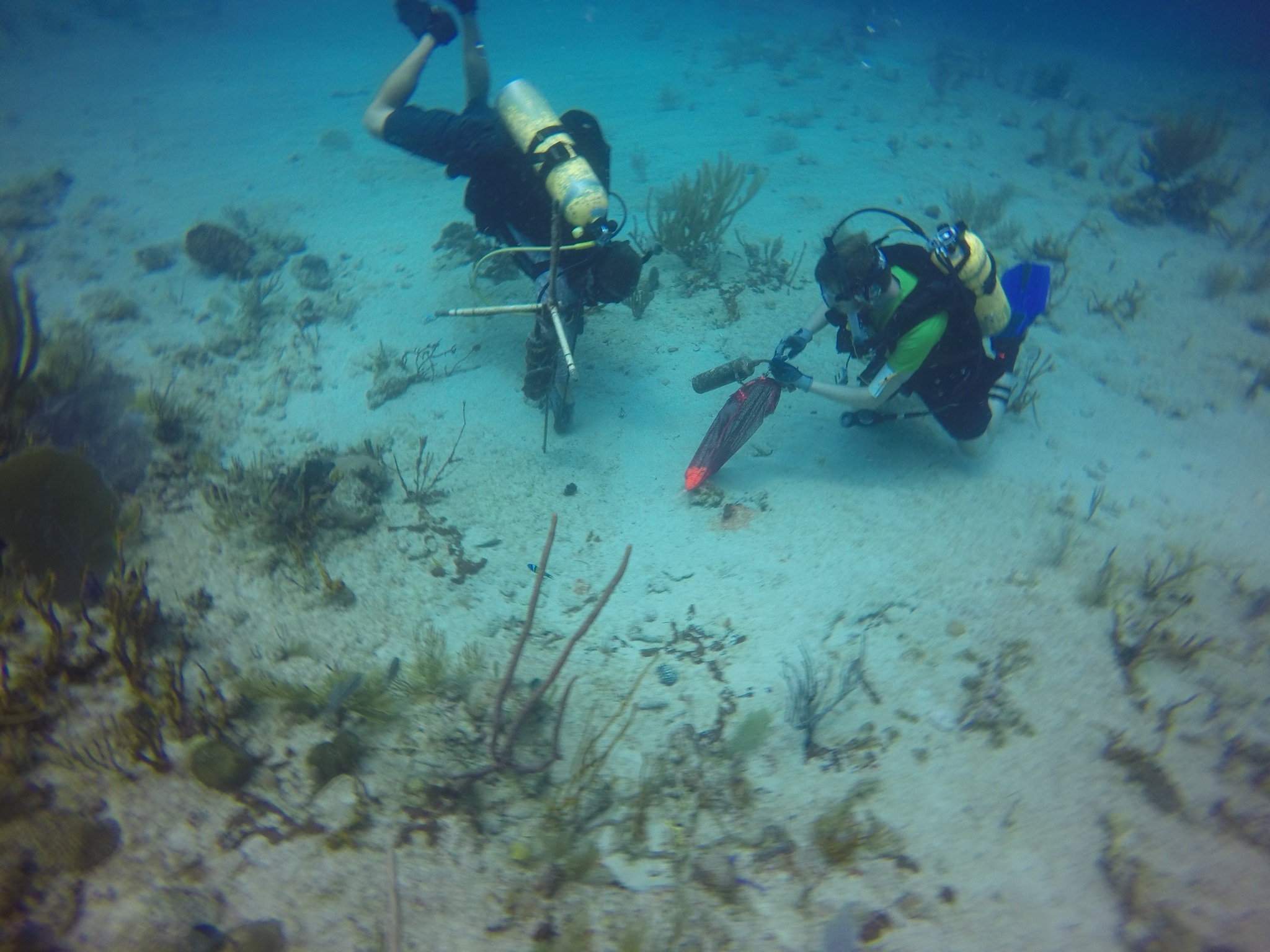
St. John USVI; Ian Jones (right) works with another lab member to retrieve an acoustic recorder that was deployed to listen to coral reef sounds.

Arianna Krinos, in the Alexander lab in Watson on Quissett campus, monitoring phytoplankton thermal acclimation experiments
Read more of Through the Porthole Issue #2
Learn more about Through the Porthole
Learn more about the MIT-WHOI Joint Program